![Anatomy of Grass Culms Anatomy of Grass Culms]()
Click to have a closer look
About this book
Customer reviews
Related titles
About this book
Culms are the above-ground or aerial stems of grasses and sedges. These flower stalks are the most obvious parts of grasses. They are part of the photosynthetic system and guarantee generative reproduction by exposing flowers to various permanent and extreme environment factors. The basics of culm and leaf anatomical structures were recognized and described more than 200 years ago. Metcalfe's 1960 book Anatomy of the Monocotyledons created a base for anatomical descriptions and he characterized hundreds of species in detail. His ultimate goal was to underline and enlarge taxonomic classifcation with anatomical characteristics.
Based on his studies and the author's own experiences with grasses from the Himalaya they decided to enlarge their taxonomic approach with ecological questions and formulated the following concept.
- Presentation of anatomical structures of a large number of species within the family of Poaceae in the region of the Alps from sea level to the nival zone.
- Evaluation and presentation of major characteristic anatomical features.
- Relating all microscopic features to plant size, altitude and hydrological conditions and taxonomic origin
Anatomy of Grass Culms is based on cross sections of culms. Each section of 300 Poaceae specimens taken from natural sites are located in internodes above leaf sheathes, approximately in the middle part of the total length of culms. All genera are analyzed but only one specimen of each species which occurs in the alpine region is shown. The material includes species of all vegetation zones from 100 to 3000 m a.s.l. of all possible habitats from wet to arid, from calcifuge to acid, and from nutrient-rich to poor and salty sites. Endemic and introduced species are included. Since anatomical variation is minimized by sectioning all culms at the same location, the whole set of analyzed material is comparable. Double staining gives additional information about the distribution of lignifed and unlignifed parts. With this sampling and preparation strategy the authors describe general culm characteristics and modifcations related to ecology and taxonomy.
Customer Reviews

















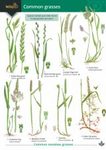
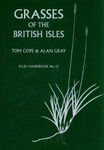
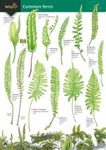
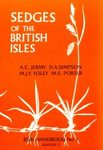
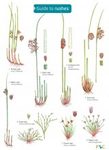


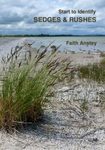
![Start to Identify Grasses [enlarged edition]](http://mediacdn.nhbs.com/jackets/jackets_resizer_medium/24/249274.jpg?height=150&width=112)











